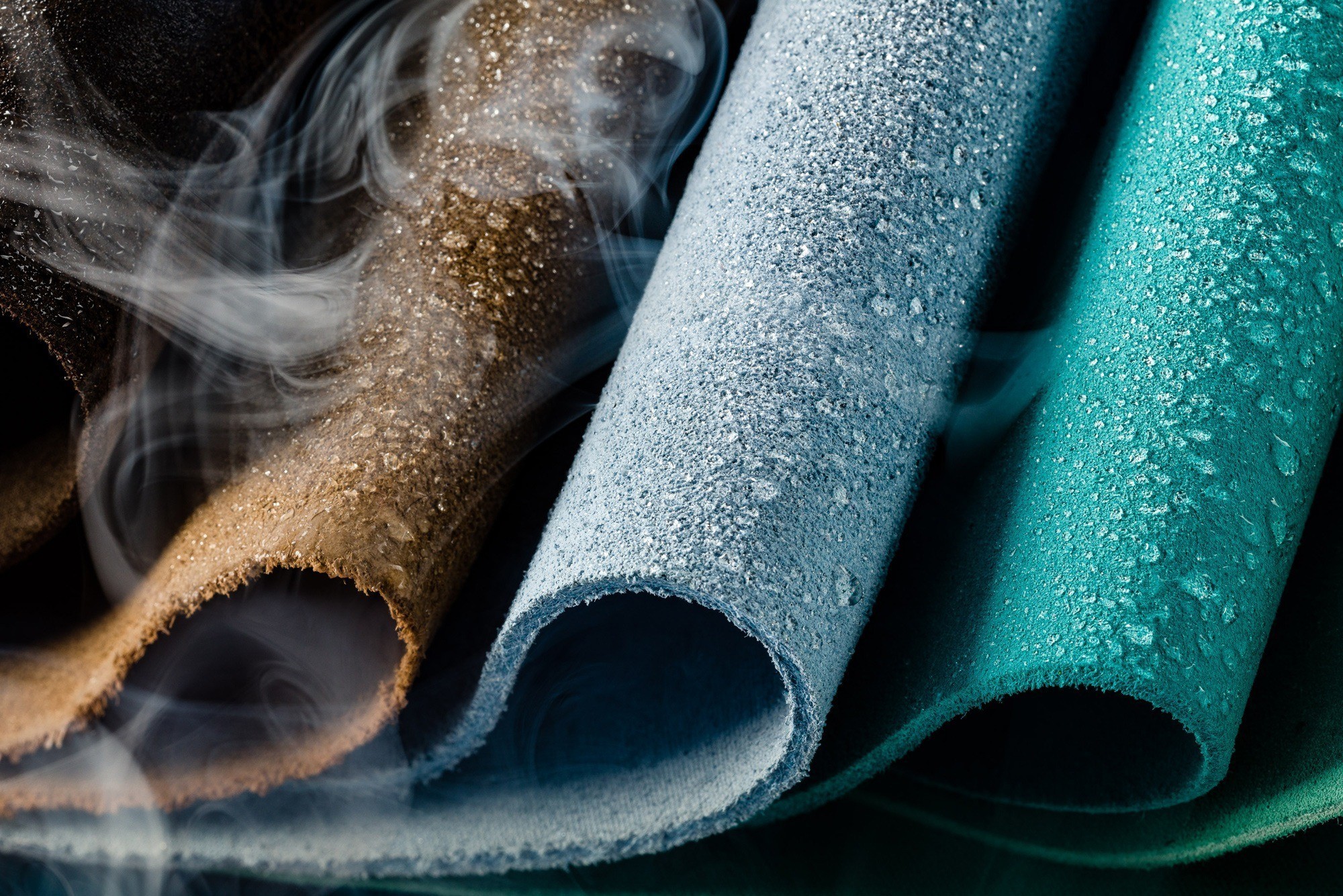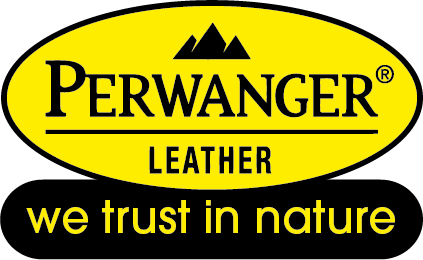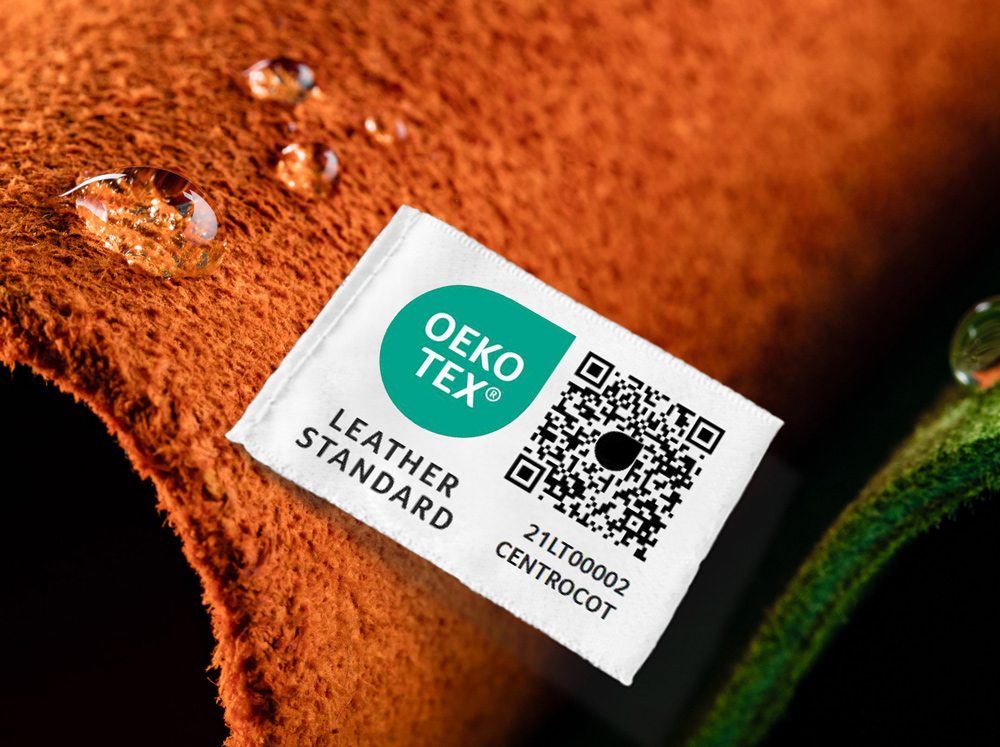"Inimitably good: a plea for genuine leather".
- redaktion
- August 24, 2022
Modern consumers are aware of their responsibility towards the environment when shopping. When choosing clothes and shoes, people like to apply the same criteria as they do when buying food:
The production conditions of the footwear or garment as well as the origin of the raw materials should be as transparent as possible, exploitative manufacturing processes and child labor should be avoided, the raw materials should be purely organic without the use of mineral oil and plastics and, if you mean even better for yourself and the environment, look for a vegan seal of approval.
Can the world’s oldest raw material convince modern consumers?
When transferring these evaluation criteria from food to clothing and outdoor equipment, products made of leather do not come off particularly well at first glance, even if they are made with high-quality raw material and by hand. This is why there has been a growing supply of synthetic materials and leather substitutes in recent years. Perhaps it is worth taking a second look: Can these really hold a candle to traditional leather in terms of sustainability and wearing comfort?
The second skin from nature
We ask Lorenz Perwanger, owner of the traditional South Tyrolean tannery Perwanger and one of the inventors of the modern mountain boot: How does leather compare to synthetic materials, for example, in terms of comfort and durability of mountain boots?
The answer is unmistakably in favour of leather: “Living skin is a work of art of nature: it protects its wearers from cold, dirt and weather, it is absolutely waterproof and it still allows moisture to escape from the inside into the surrounding air when you sweat. Our goal has always been to preserve these positive properties of natural skin in leather – and to surpass them in terms of durability and robustness. This is exactly what our leathers can now really offer: We supply our special Nepal leather, for example, for the production of the most demanding outdoor shoes worldwide – for top alpine sports as well as for forestry boots and motorbike boots. Perwanger Nepal combines these natural comfort and climate characteristics, which are difficult to imitate with synthetic products, with convincing wearing comfort and scratch resistance. Our leather is therefore particularly in demand when it comes to reliability and top performance.”
From Lorenz Perwanger’s enthusiastic answer we can read his fascination for this material, which has been providing people with protection against wet, heat and cold for thousands of years. And he is not alone in this, because leather is a true all-rounder and is used in shoes, clothing, fashion and living accessories as well as furniture. Leather not only impresses with its feel and look, but also has many functional properties such as durability, tear resistance and breathability.
Although the preservation of animal skin through tanning is probably the oldest craft in the history of mankind, modern tanning processes are continuously being refined and improved. With this willingness to innovate, the nature-loving South Tyrolean Perwanger family has succeeded in producing the first waterproof leather that can be glued to the sole. Properties that made the production of our modern breathable and waterproof mountain and hiking boots possible in the first place. But it is not only the leather properties that are improved; animal welfare and the environmental balance in the manufacturing process are also the focus of European tanneries.

Modern Perwanger leather combines comfort and breathability with scratch resistance and long life.
Need for environmental protection: PFC-free materials
Safe manufacturing processes should be a basic condition for all outdoor products, not only for leather. Many manufacturers have already responded to consumer demands for transparency and disclose production conditions.
When it comes to PFC, however, the nature-loving outdoor industry plays on its reputation. PFC substances give outdoor and work clothing such as jackets or shoes water-, grease- and dirt-repellent properties and are therefore popular. The term PFC covers perfluorinated and polyfluorinated chemicals. They are often highly controversial PTB substances that are persistent (permanent), bioaccumulative (accumulating in nature and organisms) and toxic (having a poisonous effect). Even the smallest particles, such as those produced by the abrasion of jackets and shoes, accumulate in nature and pose an increasing danger to agricultural land and our drinking water. PFCs can already be detected everywhere in nature, even in the most remote mountain lakes.
Lorenz Peranger emphasises the harmlessness of leather: “Natural leather scores particularly well when it comes to accumulative and long-term environmental poisoning, because leather is a high-quality and natural alternative to PFC-treated synthetic fibres – leather leaves no toxic “eternity residues” in nature, even after being thrown away. And skilfully tanned leather offers the coveted properties for outdoor products even without PFC substances: It is waterproof and breathable at the same time, it is robust and comfortable, it lasts a lifetime and it leaves no harmful residues in nature.”
Why leather is much better for the environment than its reputation
When it comes to the environment and leather, nature lover and tanner Lorenz Perwanger is in his element:
„Point 1: The hides for responsibly produced leather come exclusively from meat and dairy farming. They are a pure by-product. If we did not process them into leather, they would have to be thrown away and destroyed. No animal has to die for Perwanger leather.
Point 2: Environmental protection in the tanning process. In almost all European tanneries, the tanning processes are constantly being improved and modern resource-saving machines are in use. The environmental idea is not new, especially to the tradition-conscious, craft-oriented tanners. The Perwanger tannery moved to Arzignano in Italy more than 30 years ago to protect our water. There you will find one of the most modern sewage treatment plants in Europe, to which we have been connected ever since.”
Lorenz Perwanger continues: “Ultimately Point 3: the long durability of leather. With a little care, leather shoes last a lifetime – in the past they were passed down through generations. This extraordinarily long lifespan is an important point in sustainability calculations from the perspective of “cradle to grave” – this refers to the consideration of the energy and resource consumption of an entire “product life”, from production to destruction.
If you use things for a long time, you save raw materials and energy that would be needed to produce new products. Quite apart from the responsible use of a natural raw material, a mountaineering boot becomes more and more comfortable over the course of time, and the fissures and quirks tell stories of the climbing and hiking adventures that you like to think back on. So in this respect, too, leather is a piece of real life.”
There is no substitute for natural leather
If you wander through the shelves of outdoor outfitters, you will find a variety of modern synthetic materials. One reason for turning to such alternative materials is the higher costs associated with elaborately finished and technically convincing types of leather. Now it is obvious to attribute the proven positive leather properties to synthetically produced materials as well. It is also important to know that “leather” is not a legally protected term in Germany and numerous substitutes advertise the unique properties of the original.
The umbrella organisation of the European tanners’ associations, COTANCE, therefore commissioned a study to clarify whether such “pseudo-leathers” actually have the same advantages as the original. (The study in English can be found at https://www.mdpi.com/2079-6412/11/2/226). The study examined technical material properties such as robustness and durability or breathability as well as the look or feel of the material. Although some of the materials examined came very close to individual properties of real leather, none of the substitutes tested was able to combine all the special features characteristic of leather. Some of the synthetic materials tested, on the other hand, even contained substances that were harmful to health or the environment.
“We are delighted, of course, that we have been able to find a substitute for leather.
“We are of course pleased with such a positive result for our traditionally produced leather,” says Lorenz Perwanger. “In addition to the scientific consideration of the study, it is of course also important for me to consider the subjectively perceived advantages of genuine leather: Leather combines the noblest characteristics of natural skin. It is a warm, living material that I trust to protect me from even the toughest challenges of nature. Perwanger leather comes from mountain nature and is also worn there. For me, no other material would come into question for my mountain boots for that reason alone.”
- You would like to publish this article?
- Do you have any questions or would you like more detailed information?
- Do you have any suggestions for us?
- Please contact us: info@perwangerleather.com


